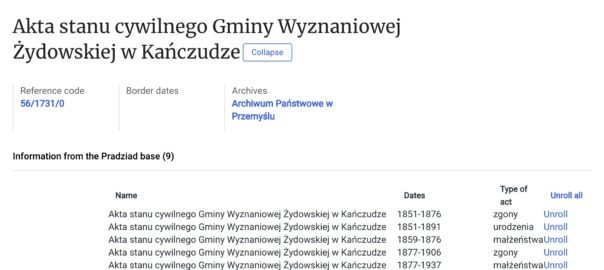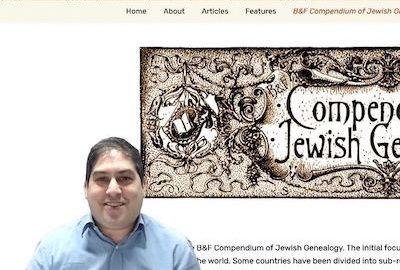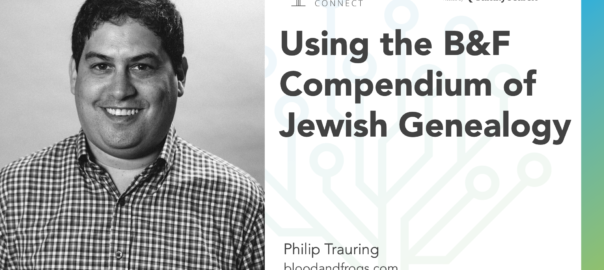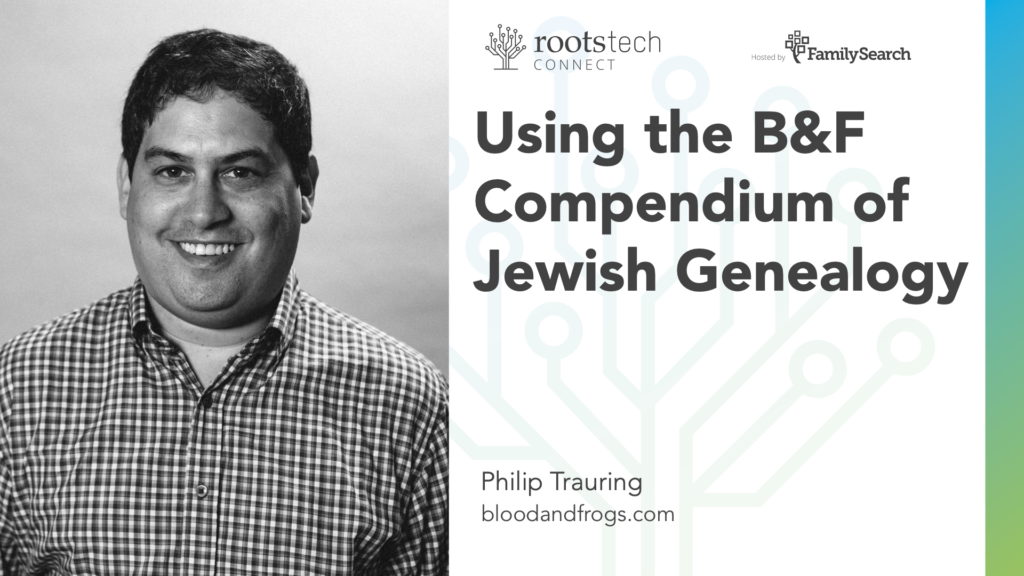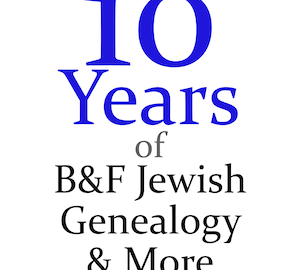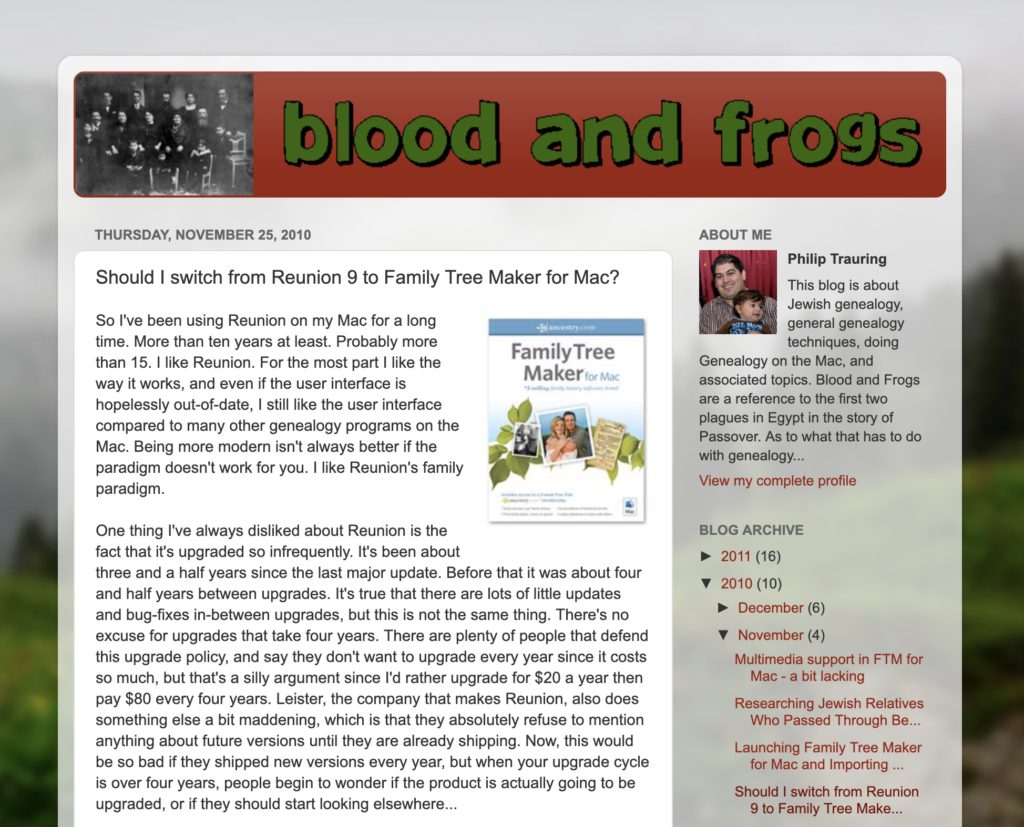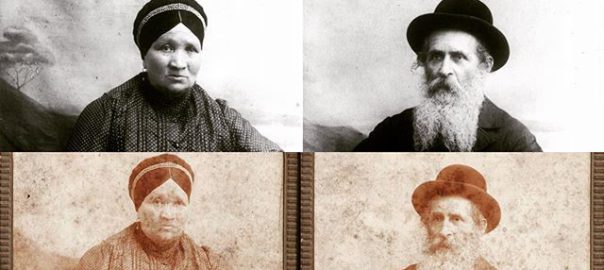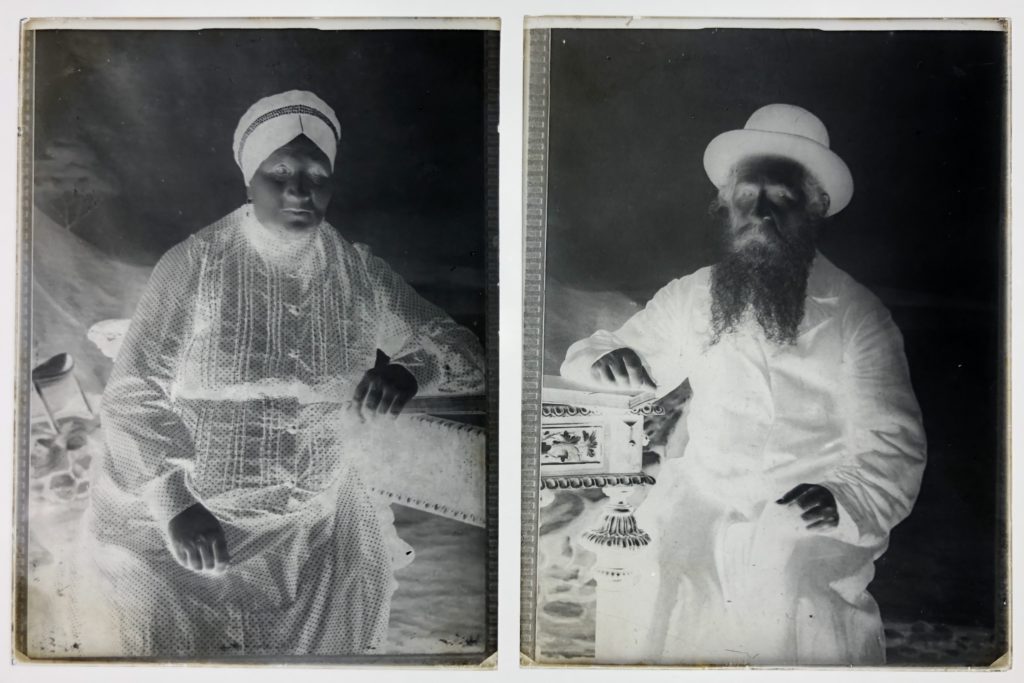A change mentioned previously has finally happened, and the Polish State Archives (PSA) site szukajwarchiwach.pl has started redirecting links to it to the new site szukajwarchiwach.gov.pl. I wrote about the differences between these two sites previously in Figuring out the Polish State Archive changes. Now that the change has happened I’ve taken some time to go through over 5000 links in the Compendium that go to the PSA web sites, and correct them. If you’re not interested in the technical details, just go look at the archival links for Polish towns in the Compendium. If you want to understand more about how and why these were added, see my original introduction to these links in Introducing archival records info in the Compendium. For more information about the B&F Compendium of Jewish Genealogy in general, see About the Compendium.
Continue reading Updates to Polish archive links